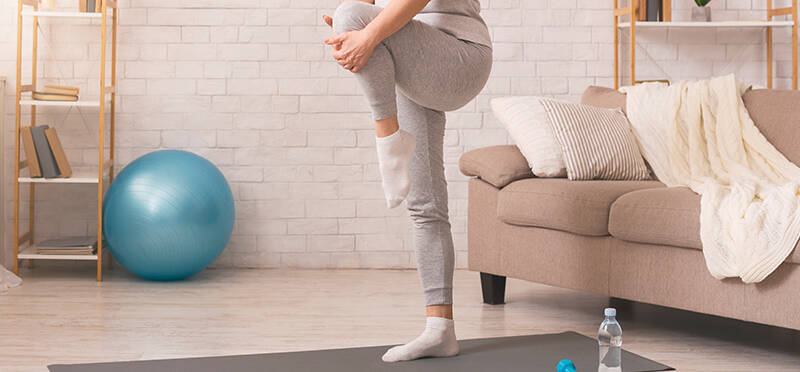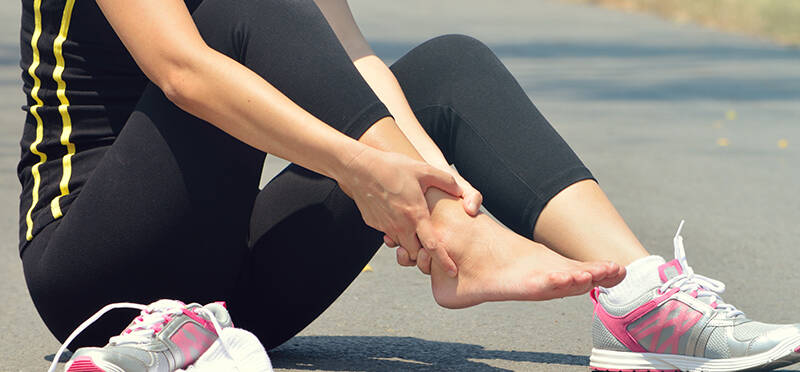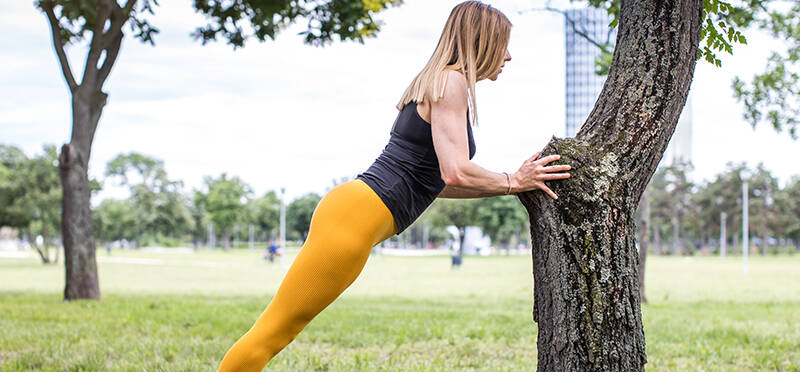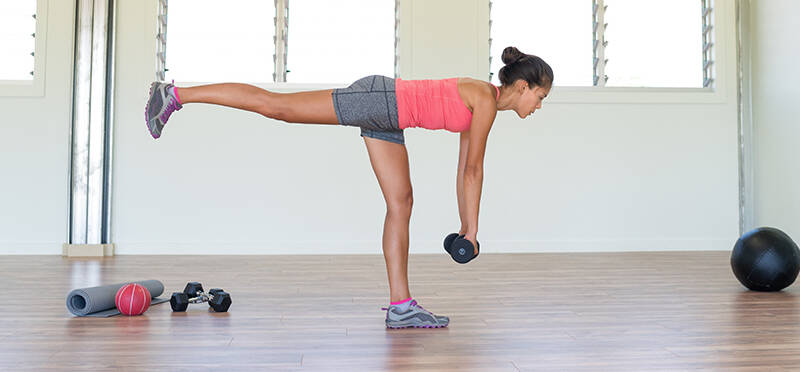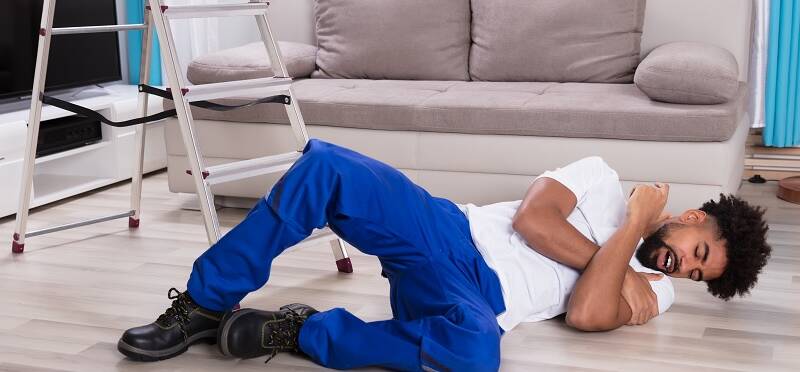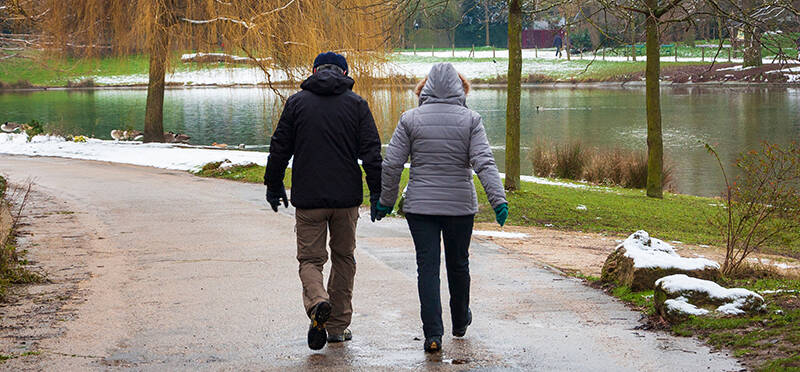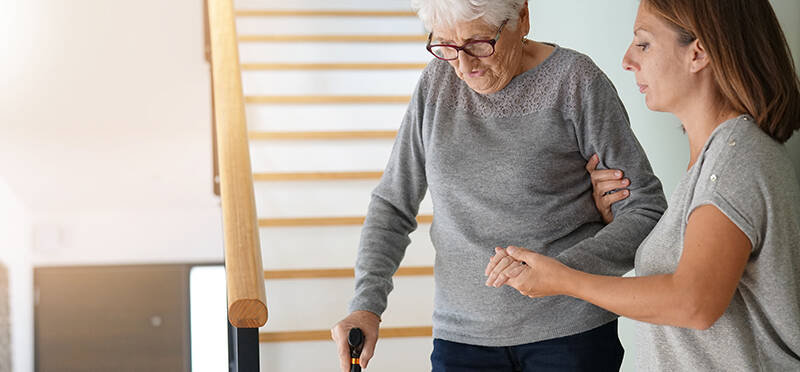A Physical Therapist’s Guide to Balance Training
Posted on September 9, 2022 by Kimberly Smith, PT, DPT, VRT
Kimberly Smith is the Assistant Manager of Clinical Programs, IL Regional Coordinator – Vestibular/Concussion Program If you or someone you...
(more…)




